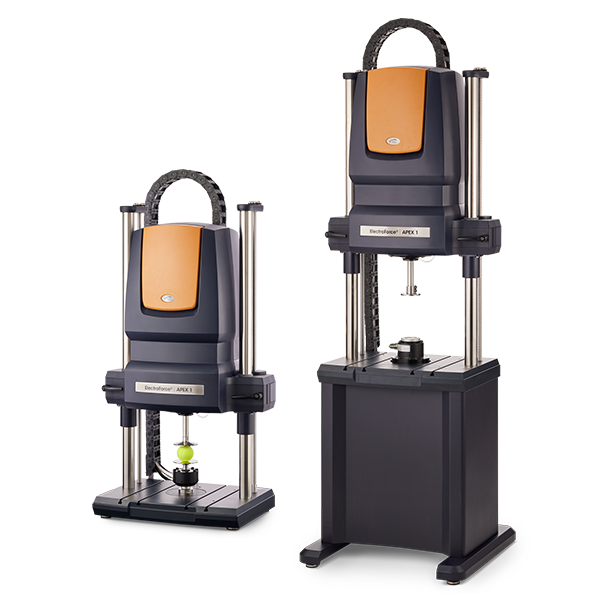The Importance of Reliable Mixing in ITC Experiments
ITC is the most sensitive method for characterizing binding interactions, revealing critical attributes like drug efficacy and stability. But without proper mixing, ITC data is unreliable and unusable. Great ITC experiments start with correct mixing.












